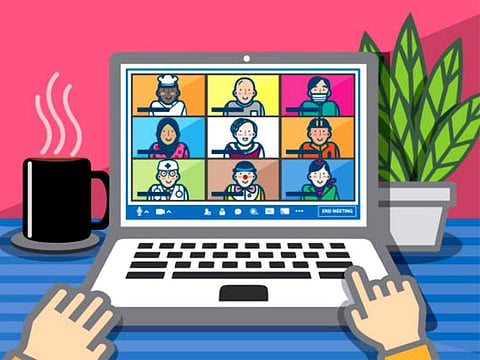Non-flexibility has gone out of way we work
But to expect all recent changes to remain on board forever is a bit farfetched

It’s been over 60 days since most of us are working from home.
The Eid break brings a welcome change to the routine as most executives spent the last eight weeks to understand where their business continuity stands, what does the organisational size should look like in the next 12 months, and how we should get more from the resources we have. Do we have an answer to all these questions?
Not quite. The positive side to the this is apart from solving the immediate effects of the crisis, we have seen amazing resilience to operate from home by employees. And employers moving from “no flexible hours” to “you can work remotely if the job doesn’t require you to come to office”.
While it’s great to move towards more flexibility, we may be going over the top to think that this will be the norm for all employee segments. Let me share some of the discussions with HR professionals in last few weeks.
* Leadership matters and they want to be visible to the workforce. Ask any leader when they have the most impact and it’s always when they are spending time with their people to engage and enable them by listening to their concerns.
* There were aspects of our lives – work, family, friends – which were separate but is now happening all in one physical space. The self-complexity theory shows that individuals become vulnerable to negative feelings when these social activities and goals aren’t differentiated.
* Certain roles in healthcare, manufacturing and hospitality sectors cannot work remotely and extreme efforts have been made to make these workplace safe.
* Sales and business development were areas identified as most dependent on face-to-face meetings. According to Harvard Business School research, in-person meetings were seen as most effective for:
1. Negotiating important contracts (82 per cent);
2. Interviewing senior staff for key positions (81 per cent); and
3. Understanding and listening to key customers (69 per cent).
Although there are many reasons why video conferencing works well to stay connected in isolation and keep dispersed teams connected and aligned, latest research shows the wear and tear on psyches in complicated ways. Psychologists say a new phenomenon of “video call fatigue” is emerging. It describes the feeling of being worn out by back-to-back virtual meetings and having to perform for the camera by over-scheduling ourselves.
So, when we started working 60 days ago remotely from earlier being non-flexible, it’s time to rationalize our thinking. The answer lies somewhere in the middle by being flexible... and at the same time not drifting like nomads too. We cannot take everything home... and it won’t be forever.
- Vijay Gandhi is regional head at Korn Ferry Digital.
Sign up for the Daily Briefing
Get the latest news and updates straight to your inbox







